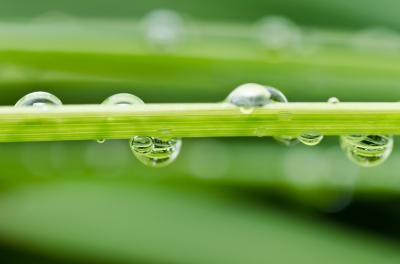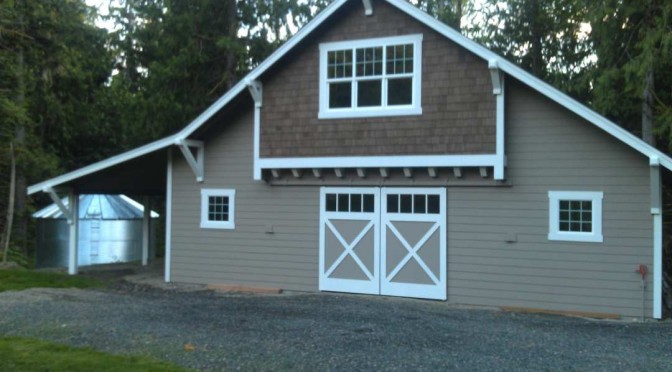 While Seattle area is the main focus for RainBank Rainwater Collection Systems, we recognize the need for our rainwater harvesting expertise in Oregon and Northern California.
While Seattle area is the main focus for RainBank Rainwater Collection Systems, we recognize the need for our rainwater harvesting expertise in Oregon and Northern California.
RainBank has recently completed a 10,000 gallon potable rainwater catchment system in Medford, Oregon, for a residence with a low producing well. With approximately 2,000 square feet of roof area and 18 inches of annual rainfall, 22,428 gallons can be collected. This stored water is enough to provide this household with water during the dry season and supplement well use during the rainy seasoned needed.
Many residences in the area are experiencing increased “drawdown” of their wells during the summer months. With an average of 18 inches annual rainfall, a supplementary rainwater collection system will augment a low producing well and provide household water during these dry months.
RainBank looks forward to working with local suppliers in these regions to increase awareness and use of rainwater collection for residential customers.



 Continuing its efforts to promote rainwater harvesting education and propagation,
Continuing its efforts to promote rainwater harvesting education and propagation, 
 Whether your rainwater collection system consists of simple rain barrels or whole house potable usage, maintenance of your system is essential to its successful operation. Simple tasks will keep clean water flowing for years to come with little effort.
Whether your rainwater collection system consists of simple rain barrels or whole house potable usage, maintenance of your system is essential to its successful operation. Simple tasks will keep clean water flowing for years to come with little effort.